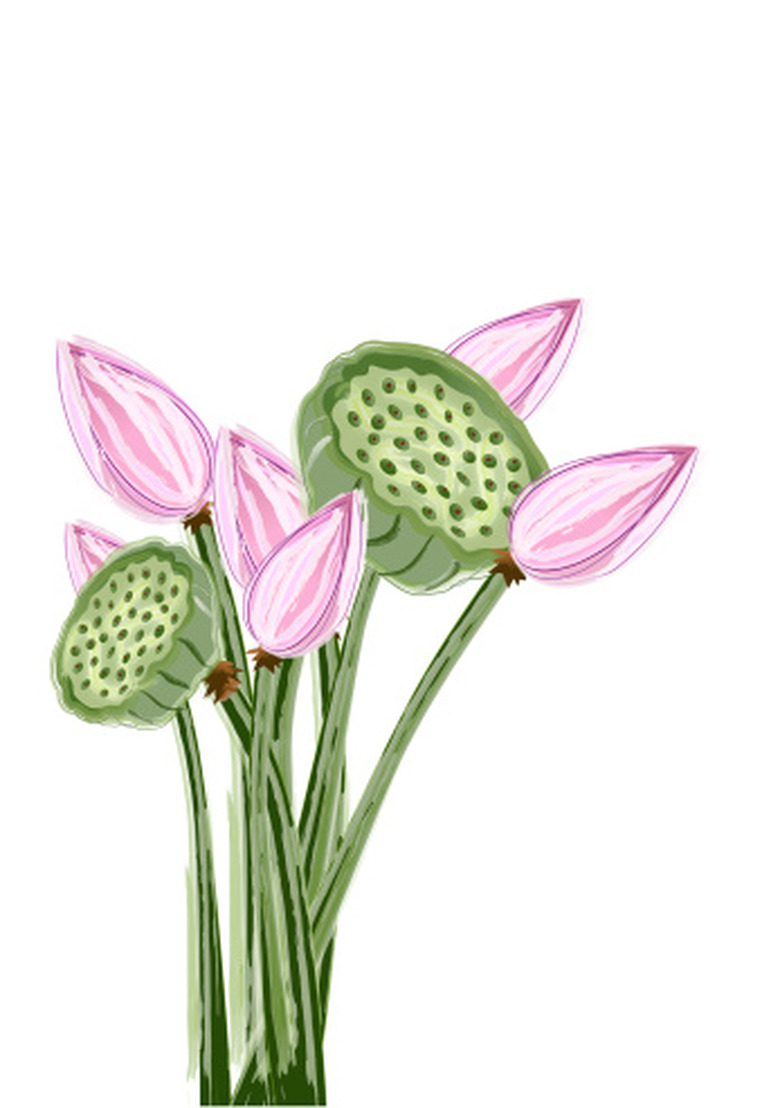What Adaptations Allow Seed Plants To Reproduce Without Standing Water?
Seed plants are plant organisms that use separate gametes and the well-known process of fertilization to create separate seeds, which contain plant embryos. Plants have adapted several characteristics to survive on land, including more structural cells and the ability to respire, exchanging gases with the air. However, they also must reproduce successfully; the process plants use today allows them to create successful seeds without the need for standing water, which acts as a necessary reproductive medium for aquatic plants.
Flowers
Plant species create flowers to help separate out the male and female components of the plant fertilization process and provide areas for the seeds to develop, protected. These flowers are not needed on simple water-based plants, which often use spore pods that do not need to attract insects or protect seeds from harsh conditions (like cones do).
Pollen
Most land plants, along with some water species, produce pollen – but pollen is not necessary for plant reproduction. Some simple algae organisms, for instance, do not use pollen but reproduce asexually. Plants on land, however, need a way to get the pollen to flowers or cones where it can pollinate. As a result, land plants produce very light pollen that can float on the wind, or pollen with nectar that is attractive to insects.
- Seed plants are plant organisms that use separate gametes and the well-known process of fertilization to create separate seeds, which contain plant embryos.
- As a result, land plants produce very light pollen that can float on the wind, or pollen with nectar that is attractive to insects.
Seed Structure
Seeds that grow on land plants need to be protected against elements that do not exist in a water environment. Seeds may need to resist rapid temperature changes, hungry animals and water logging – so they use shells and other materials for protection. Seeds also need a way to move away from the parent plant besides water, so many develop tufts or wings to catch the wind, or fruit to attract animals.
Seed Growth
Seeds are unique because of their embryonic plant organism. A seed contains an embryo, a protective shell, and a food source for the embryo to use when it begins to sprout. This helps the seed sprout in soil when it finds a good spot to grow. Aquatic plants do not have the same complicated seed system, since many use spores or other simple reproductive methods.
- Seeds that grow on land plants need to be protected against elements that do not exist in a water environment.
- Seeds also need a way to move away from the parent plant besides water, so many develop tufts or wings to catch the wind, or fruit to attract animals.
